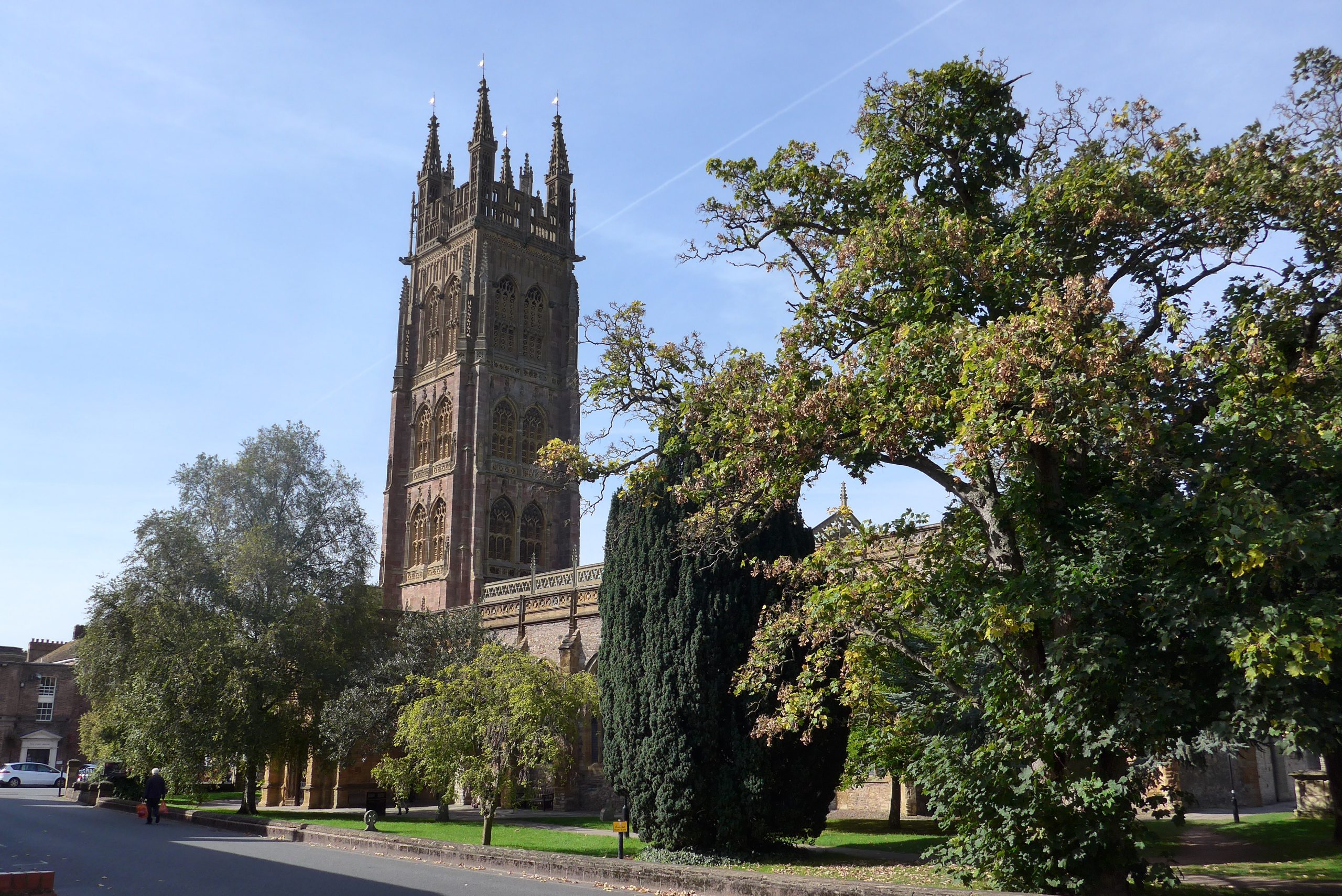Cullompton
Expanding town of some 12,000 close to Exeter and Taunton for easy commuting and Junction 28 on its doorstep. Range of shops and amenities include sports centre. Primary schools and a senior school. Several old buildings but tragically much of the old town was destroyed by fire in 1725. Walks along the Leat and River Culm.
Padrook Park and Colebrook Chase are two popular modern housing areas.
Close villages include Willand to the North, Broadhembury and Payhembury to the South and the Culm valley villages to the east. Killerton House (NT) & estate is 6 miles west.
Culm Valley
Set by the Blackdown Hills to the south of which runs the Culm River, 3 principal villages are :-
Uffculme
Village with sixteenth century shambles in the market square. The wool mill had 170 employees at its peak, now an interesting museum. Good tourist centre for the Blackdowns. Primary school and secondary school.
Hemyock
Delightful village with quite a history. Close community with own pantomime etc. Primary school. Few shops and amenities.
Culmstock
Wool village, famous for an old resident, R D Blackmore, author of Lorna Doone. Has a yew tree growing out of its fifteenth century church. Strong USA connections with its namesake Culmstock USA where 30,000 live.
Bridgwater 
A well established and growing industrial town with plenty of history (Alfred burnt the cakes near here and the Duke of Monmouth left for Sedgemoor down War Lane), once a busy port due to its position close to the mouth of the River Parret, and still rightly proud of its amazing well supported annual Carnival.
The town has 9 Primary Schools and 4 Secondary Schools. There is Bridgwater College with a range of Further Education courses. Bridgwater & Albion Rugby Club has a proud history and has produced a few international players over the years.
Close by are the attractive villages of Spaxton and Nether Stowey which is on the route of the new Wordsworth walking trail.
Taunton 
Attractive County town of 65,000 population with booming service industry. Good rail and road links. Historical epic moments include the dreadful Assizes which saw Judge Jeffreys in 1685 sending off 508 locals either to the colonies or the gallows. Walks along the River Tone which meanders through the centre.
Reasonable cultural centre and range of clubs, leisure, and full range of shops for those seeking retail therapy. Proudly the home of Somerset cricket. Hestercombe Gardens are a delight, to the north side of the town. Vivary Park and river walks on the Tone offer relaxation for all the family.
Range of primary and secondary schools along with three independent schools.
Somerset College of Arts and Technology for further education. Major hospital at Musgrove Park (in Galmington).
Attractive feeder villages include Staplegrove, Trull, Blagdon Hill, Stoke St Gregory, Ash Priors, Halse, and Combe Florey which as home to Evelyn Waugh of Brideshead fame and then his son Auberon.
Easy motorway access with Junction 25 to the east of town. Many commuters go to Bristol and Exeter. Mainline railway station.
Tiverton 
Mid Devon premier town in good location for getting out to the surrounding wonderful countryside and coasts to North and South. Major employer for the area with population of some 20,000.
Full range of amenities to serve the town and local area, new hospital sports centre, good road and rail links. History as market town, with lace/wool coming to the town under John Heathcoat who brought 200 employees with him to escape Luddites who had ruined his Loughborough factory. Various sports and cultural clubs.
Tiverton Castle was owned by the Courtenay family. Tiverton was as far south as the Grand Western canal reached, as the advent of rail meant the demise of the old waterways for transport of goods. Sadly the canal was never completed further to the south coast.
Some impressive buildings, including the Clock Tower at Lowman Green and its town hall. Blundells is its well known independent school founded by Peter Blundell, a wealthy wool trader.
It has St Aubyns as its prep school. In the town are primary schools and Tiverton High School. East Devon College offers a range of further education.
Wellington 
Town of approx 12,000 people, very close links to Taunton which is 7 miles along the A38 or M5. After its fort origins back in the time of King Arthur, the town has largely been based round the cloth making industry and more recently aerosols and bed making.
Fox Brothers was the cloth making company with several mills and it was they who invented khaki dye and put the invention into use in the First World War by taking an order from the MoD for a million and a half yards of khaki for the allied troops.
Attractive close villages included Bradford on Tone, Milverton, Langford Budville, Hillfarrance and Oake towards Taunton. Whilst Sampford Arundel, Holcombe Rogus and Holywell Lake, lie to the west.
There are four primary schools and one secondary school called Courtfield. Wellington School is an independent school with its own prep school. There are a good range of clubs and leisure facilities, with a reasonable selection of shops.
Nearby up on the Blackdowns is the Wellington Monument to commemorate Sir Arthur Wellesley, honoured with the title of Duke of Wellington after his great victory at Waterloo in 1815.
Easy access from its own Junction 26 to the east of the town.
Wiveliscombe 
Wivilescombe is an attractive small town of around 3,000, known as ‘The gateway to Exmoor’. It has a good sense of community, including a primary and a secondary school, Kingsmead.
It is an easy 11 mile drive to Taunton and is well placed for getting up to the North coast.


